Disability
Bíborka: Welcome to PUHA podcast, which stands for Performative Unity in the Hungarian Arts, produced for HowlRound Theatre Commons, a free and open platform for theatremakers worldwide. We're your hosts, Zsófi and Bíborka.
Zsófi: Hi, this is a special episode, focusing on disability in performance art. We recorded this session in Hungarian, so now we're making an attempt to do it in English. So, we will translate what the participants were saying, and you will hear Bíborka and me speaking what they said in Hungarian.
Bíborka: Yeah. So you will hear the two of us quite a lot, because we're going to do our best to tell you in English what happened in this beautiful and fruitful conversation about disability. So, let's start. I will translate everything that the people from the ArtMan Association said. This is basically a group that bridges dance pedagogy and different abilities. And, Zsófi?
Zsófi: And I will say what Ádám Fekete said, who is a dramaturg, playwright, and actor.
Bíborka: But you will hear their introductions in a second in English as well.
Ferenc Kálmán: So, my name is Ferenc Kálmán. I'm the associate director of the ArtMan Association. I'm coming from a past in dance, and actually, I had been a dancer for a while. And currently, I work as a movement therapist at a center for disabled children.
Ádám Fekete: I'm Ádám Fekete. I'm a playwright, director, and an actor. I graduated as a dramaturg, and now I mostly spend my time with directing. And recently, there have been performances where I dramatize my own bodily experiences and the way I relate to or the way I care or not care about my body. And I was born with an oxygen deficiency at birth called CP and also with a… I had a hip dysplasia and had surgery two years ago. So now, I don't have the dysplasia anymore. And I mentioned that I also act, sometimes in my own plays as well, and poetry is also a really important part of my work.
Kata Kopeczny: I'm Kata Kopeczny. I'm a member of ArtMan, and I also engage with the direction—the operative things—of the association. I am also coming from a dance background. I was trained as a dancer, and I danced with the Szeged Contemporary Ballet for thirteen years and also worked with other independent artists and choreographers. I had a massive burnout in my dance career which caused me to change career completely, and I thought I would never actually want to work in dance again.
Then I started to work with youth with addiction and substance abuse. There was a position, and they were looking for a movement person to work with these children. And with huge bravery, I accepted. But I soon realized that I was actually lacking the skills that I needed for the job. And it was at that time that ArtMan started to offer a training, a one and a half year training, and I joined. And in this training, I gained skills about methodology—like pedagogical skills—and experiences that I could use in this position right away.
And talking about bodily sensations that Ádám mentioned, I actually had several quite serious injuries because of my dance career. I had lower back hernia twice—quite serious ones—and a knee surgery. And there was a period where I basically couldn't move, but I wanted to engage with movement for recovery, and this is why I started doing and learning about yoga more seriously. And I basically stuck with the ArtMan Association after completing this training. This was ten years ago, and I have been a member since then. I am currently a group leader, but I work more in the background operative division of the group.
Dorka Farkas: My name is Dorka Farkas. I am a member of ArtMan and also Baltazár Theatre. I have been living in Hungary since 2011 and since then, I work in many roles and positions. At Baltazár Theatre, I'm a choreographer-director and also movement group leader. And at ArtMan, I'm part of one of ArtMan's bigger projects, which is called the Tánceánia Dance Ensemble. We have weekly rehearsals, we do inclusive work, and we produce contemporary dance pieces or just rehearse together. And I also do operative work, like the others, for the ArtMan Association.
I also have another project which is funded by the International Erasmus Network, and this is basically an art and awareness-raising campaign. So, two artists go to schools and one of these artists is of changed physical ability and the other is of unchanged ability. And they bring a dance and movement performance to these young groups and also as connected to this full-day workshop. And this is basically for every age, from kindergartners all the way to universities.
We also want to tell you about Art Menők or “Art Cool People,” loosely translated, which is a youth group of ArtMan and I am the leader of it. The main focus is artistic work and performance, so we work on performance pieces. We just had, actually, our first very successful premiere in partnership with Radnóti Theatre. And the group started before the pandemic, so it was a little bit difficult because of COVID. But this in-person premiere went really well. So we have young people with changed abilities and, for example, Levi—one of them—Levi's mother said that in the past one year, he has developed as much as in the past ten years altogether because of this work and that now he can actually understand what his mother is telling him because Levi has some mental disabilities. So yes, it has been a pretty fantastic time with this group.
Bíborka: And our next question would be: What does performance mean to you in one sentence?
Dorka: Dorka again. So, the word performance in Hungarian, to me, has a very strong connotation about this kind of action art like experimentation, the end of ’80s—and especially after the change of systems in the ’90s after 1989. So, it is happening when something is burning, or something is wet, or people are wrapped in fresh-keeping foil or something like that. I saw many events like this in the countryside and also in Budapest at the most random places and venues. And I remember once my daughter was so inspired by this foil wrapping thing that she even started wrapping her own dolls at home in foil. So yes.
Zsófi: Thank you.
Kata: So, Kata speaking. Performance to me is presence. It is to be present in an action or in the moment. I myself studied classical ballet, and I was part of classical dance corps in the traditional theatres. And I had no experience with performance whatsoever. And during all of my ballet career and dance career, everything was approached from the perspective of form. And that's how I also approached my own body, that I had to take up specific shapes and forms. And when I left the Szeged Contemporary Ballet Company in 2002—I was still a guest artist until 2009—but in 2002, I met Réka Szabó who is the founder of Tünet Együttes or the Symptoms, a Budapest-based contemporary theatre and dance ensemble.
And at that time, she was rehearsing or starting rehearsals for the show By Chance, and the audition for this project was to improvise. And I remember that I went to the audition and I was not only not able to move, but I even felt sort of ashamed that my body was not given any specific form. And I was just standing there, and I didn't know what to do with my body. So anyways, somehow Réka chose me, and I was part of this project. And I was performing in By Chance for ten years, and it was a fantastic experience to work with László Mérő, for example.
And in Hungarian, we often say, “to live with a disability,” or fogyatékkal élni. And anyway, in English, the “dis-” and “-abled,” I don't like that because it groups people into these two different groups; that there are the people who are abled and then the people who are “dis-.”
Ádám: So, Ádám speaking. When I think of performance art, I think about that probably there won't be as much speaking onstage. So Hamlet won't come and will not tell his story and why and where he's coming from and what he's going to do and why. But usually, something happens with the body in performance art. That's what I think of. But actually, while we are speaking, things also happen to the body. So I'm contradicting myself. But definitely it's nontraditional storytelling, and it has to do with something happening in the present to the performers and not to characters, so there's less of a distance between the audience. But actually, Hamlet is also a performance, I think, so sometimes I don't agree with myself in this regard.
And it's funny that you say that you think of after the regime change—you think of performances after—because to me, what comes to my mind is the ’70s and the ’80s. For example, when I was about twelve years old I was at a Balaton concert, and it was after they became a group again. And I remember that one of the singers, FeLugosi László, was wearing these fishnet tights, and he was banging little, tiny pieces of rock together—or stones—above his head. And I had no idea what was going on, but I really liked it. And I knew that this was what we call performance art. But I was twelve and I really didn't get it, but I really liked this sort of existing on stage.
Ferenc: Fery here. I saw some performances, what you mentioned, in the ’70s and ’80s. I was quite a young guy back then due to my age. But what's for sure is that they had quite a magical impact on me. I remember not understanding anything from them but having this feeling that I'm being a part of a very strong thing that's happening. So I would say that performance is a theatrical event of some sorts that crosses borders or an action. I think action and performance are quite close to each other and that it always has a provocative element in it that pushes the viewer across some social conventions.
Bíborka: Moving on. Our next short question would be please define disability in one sentence. It might be impossible but let's try.
Ádám: I don't like the word disability, and not because I live with a physical disability, but I'm somehow disgusted by the word. And because of the way it sounds like in Hungarian, it's... in Hungarian it's fogyatékos. And this word comes from... it reflects on the process of disappearing. So from this, the “dis-” prefix is referring to something that is lacking, and I could never relate to this word. It somehow… it reminds me of stew. It has no texture and it's a passive word. So I've always been named handicapped, which is a bodily disability, and I'm resisting to using fogyatékos or disabled in English because it shows a lack of a skill compared to a certain norm. But this norm is not exactly defined when we use this. It doesn't state what is the norm, but it's definitely something that is an ability accessible to the majority population. It’s something that the majority of people possess. And then… disability always sounds to me like something with this slippery, slimy texture. And that's pretty much it. That's what I can say now from a very emotional reaction. I mean, I had a very emotional reaction to it, and I mostly approached it from the word, the meaning of the word and the form.
Dorka: I want to connect to the Hungarian word. This is Dorka speaking. I actually just Googled it and in the Hungarian dictionary online, it says that disability is a process or event of something depleting or disappearing, but more depleting. So, the Hungarian word for disability is to be depleting in some content, like wine bottle getting empty. And actually, the same word is used for the moon—for example, fogyatkozás, but it's also a military word. I heard this somewhere, but I haven't found evidence that it's a word used in military and the army. And it's something about the army's people and the movement.
And in Hungarian, we often say, “to live with a disability,” or fogyatékkal élni. And anyway, in English, the “dis-” and “-abled,” I don't like that because it groups people into these two different groups; that there are the people who are abled and then the people who are “dis-.” And so the “dis-” people are probably also lacking something like movement or sensory capacity. But what I actually want to say is that handicapped, it's another word which I actually prefer. I don't like the word disability and even in Hungarian or English—although in English that are more options. There's more PC ways of saying it like differently abled. But anyway, handicapped is often used interchangeably in Hungarian with disabled, and I prefer that because it's more abstract. I think it leaves more space for differences and subjectivity. So for example, there are more and less visible handicaps or there are all types and ways of being handicapped. So I prefer that.
Kata: Kata speaking. In ArtMan, we use the word “prone to harm.” In Hungarian, this is one word: sérülékeny. So we use prone to harm quite often—and not only for those who actually have a changed ability but I, myself, when I think of this word, “prone to harm,” I also think of our dancers and members who are not disabled per se. And I think of being prone to harm not only in the rehearsal space or in a dance space but also in real life it seems very relevant. Another thing about understanding and learning words and their meanings and nuances came to my mind, which is I think that having a handicap or being disabled is kind of connected to the case of addiction because these words are somehow all focused on dependence and absence. So not having something and sort of being codependent or dependent on it or from it. So maybe this addiction or dependence can also be some sort of handicap, perhaps.
Ferenc: So yeah, why don't we have a good word for this? “Disabled” has such negative connotations. This is Fery speaking, by the way. And no other word seems good. Like “special need” or “special abilities” or “changed abilities,”—these all feel like careful paraphrasings of having some kind of a problem which is not named, or it cannot be named.
Ádám: Yeah, special. The word special has a negative connotation. It has some sort of a hypocrisy about it because what's special? Is it a good special? A bad special? It's a secret, it's so mysterious? We don't know how but it's special.
Ferenc: Yeah, it's very abstract. But then if we narrow it down… let's say a blind person. To say that they're visually disabled or visually handicapped is so weird. If someone is blind, they're blind, period. It's not offensive. It's specific.
Ádám: Yeah, and it's nice because we have this one syllable word for it.
Zsófi: Could you talk about your current projects or anything, any question that is on your mind these days about this topic?
Dorka: We are coming from a rehearsal for the Annual ArtMan Evening. That's happening in Trafó on the tenth of May. And we composed or created a piece—or in the process of creating a piece—called Mayday with the Tánceánia Ensemble. And I, Dorka, I am the director. Fery is the assistant director, and there's also Eszter Gál, who plays an important part. And also, we have Victor Szivák-Tóth for dramaturgical assistance.
And in this show, I'm trying a very different way of working with the company than before because we already made five pieces with Esther in the past, so that's not a new thing, the collaboration. But usually, improvisation is very central to what we do, and most of our pieces are actually based on structured improv. But this time, there's more structure than what we are used to. There are fixed scenes and there's a narrative arc in the piece. We have specific costumes and set pieces. The movements are more composed and choreographed, unlike what we normally do, which is fixing the starting point and the end point. So I am quite unsure about where this is leading for the ensemble, but it's quite exciting. We are quite limited in time and space. I mean, we only have two to three hours to rehearse a week, but this is something unfamiliar for all of us.
Ádám: Can I ask a question? What do you mean exactly when you talk about improvisation as a strength in the company? Does that fact come from that it is harder for the bodies to reproduce a fixed choreo than to bring out what they can do or to create their own material? Or why is it that you use a lot of improvisation?
Dorka: Dorka says that I want Fery to answer this because it has to do with this question a lot with what we as an ensemble know how to do and do not know how to do or can do and what we can't do but also about the history of the whole group. But Fery was in the restroom.
Zsófi: Fery comes back from the bathroom at this point.
Bíborka: Yes. And he says:
Ferenc: So, I myself started with fixed forms as a dancer and became freer and freer in dancing. And I became interested in the movement that is based on the current feelings and impulses in the body rather than phrases or preset things. And it became a constant research. So in Hungary, back then we didn't have any schools or trainings for this kind of stuff, and at one point I had a question in my mind. The question was: How does this all work when it comes to handicapped people? And I wanted to better understand how I work as a dancer, so I turned to those with different handicaps or different mobility abilities to ask this question. And they operate very differently but also in some ways, very similar to me as a dancer.
And so, to the question of how we arrived to improvisation as an ensemble, well, I spent most of my career with improvised dance and movement. And because I found it much more intriguing—not because I can't remember phrases or memorize movement sequences, though less and less because of my age—but because I just find it way more intriguing. And it was very obvious when working with people with different physical abilities that such specificity in movement that a phrase requires from a dancer is just inadequate. Never mind how much these people want to execute a phrase, sometimes they just won't be able to do exactly that—what is required from them. For example, lead their hand on that specific line. It's just not adequate in this situation. So, we wanted to create a system of movement in which a handicapped mover is just as adequate as a non-handicapped mover. Take a dance artist in their prime time, like mid age or mid-career, and someone with a physical disability. We want both of them to be adequate in the same way.
So because of the ataxia, you can take two of my signatures and they don't look alike at all. And that's just how it is. But exactly because of this, it's impossible to fake them. You know, you take ten of my signatures and you can see that it's done by the same person. And I think it's easier to falsify something that looks exactly the same.
Bíborka: To this, Dorka responds:
Dorka: Yeah, so this is our normal way of working. And I am coming absolutely in a position to this with this show that we are rehearsing, Mayday. I feel like I'm kind of trolling around with our normal, usual methods. And here, a great change is happening. The categories of disabled and non-disabled people in our ensemble—by the way, I feel very funny saying this word, and I would never have used this word “disabled” before this conversation, and now I have all sorts of association in my mind. Anyway, so the ratio of disabled and non-disabled movers in our ensemble is very different these days.
In the past years, a few of our members, more our handicapped members, passed away. And these people had very specific conditions which made their movement and their performance style very specific to them. By the way, they are really excellent. They all were really excellent performers, incredible performing artists in their own ways. They all had huge presence on stage and attention and sense for timing and relating to others and fine tuning different things. So anyway, this ratio got rearranged and now we are eight people led by three members out of these eight people. So the three members are also dancers. And usually, the people who are leading a project are also part of the project. But this time, I am, as the director, kind of stepping out more. This never happens. So the director and the one who leads the project always participates fully, and I am more removed, but Fery and Eszter are still inside dancing like everyone else. So this is how I started messing with our usual methods. And I'm trying to provoke some new things by this way of working.
Ádám: I was really curious about this, especially because I draw a lot—recently or in the past years, more and more. And my hands shake. They shake less and less, but they still shake. And it's something called ataxia, which makes me do involuntary movements at random times, especially in stressful situations but in general as well. And it's called intention tremor. So the more I want it not to shake, the more it shakes. So basically, I have to focus on tricking my brain to not focus on not wanting it to shake. But basically, I am drawing, and shaking is really health-intentional, but I can build in the lines in my drawing. So, I can follow the lines and this way I can control my art because I can just go with what my hand does. And I like it, actually, that my hand can do something that my mind cannot even imagine.
Dorka: That's exactly what we do in Tánceánia, in the ensemble. I guess you can call this the inclusive approach. But what it is really is that we work with what we have. And we don't highlight things or elevate other things and ignore some things. No, that's what there is, so we use it.
Ádám: Yes.
Dorka: And we relate to it and make it part of the work.
Ádám: Yes. Basically, how big of a space somebody leaves for creation is really about being present to make a sound and to see what effect it has on you. You can really create what you invite into the space. And you don't have to be handicapped for that, but you don't have to categorize movements. Because for example, I don't have the pressure that I have to be able to do something, a certain move, but this pressure comes from society, to be able to perform specific movements or gestures. And so that's why I asked about choreography.
And ataxia basically means the lack of order. And so the strange preconception in humanity that you can control your body—that as a human you're in total control, that your body is under your control—is a complete lie because you can get cancer and it kills you. But people don't realize this because they don't have enough experience, and if somebody turns to a handicap person, they have to realize that the system of being in control is false. And maybe I can live my life like this but it's false. Period. But I'm saying this because you said that you turned to this kind of work to fully be able to understand your body, Fer. And basically, because the people with their disabilities, they encounter these thoughts every day—which is, I think, in my opinion, is a fundamental human experience—but somebody with ataxia encounters it way more. So if somebody can build in the loss of control into their life or into their art, can get to places and go to places where others cannot.
Kata: I have a lot of things coming to my mind. This is Kata speaking. Yoga is one of them. Yoga works with the mind, for example, and uses the body only so that the body can help the mind to get to a neutral point. So the body is used to achieve this calm or peace. It's exactly the reverse of what you are saying, Ádám, but really it gets to the same place. Although you achieve full control but in reaching neutrality, you can also let go of everything too, at the same time.
Anyway, we are now doing this group, Art Menők, which is our youth group and our piece Átváltozás or Transformation, it's the second piece presented in the upcoming eve in Trafó in May. And it's so interesting and so good to see what's happening in the group. Having a parent say that their child, who's a member in the group, developed as much in the past months of working with us during rehearsal as in the past ten years of his life, it's incredible. This child is very limited in his speech. And now, this parent came to us and said that she understands his words—her child's words—which never happened before.
And it makes me think that physical sensation and how the people move their bodies stimulates what cognitively and emotionally happens to them, and they can really find themselves and become aware of their value and gain incredible confidence by being in front of an audience and performing in front of an audience. Meeting oneself in this way definitely contributed to this person speaking better and more legibly. In September, when we started working together and rehearsing, we did not understand anything that he was saying. And I loved giving him the attendance sheet for him to sign, even though he could not sign it “properly,” but he signed it with [his arm]. This is about presence to me. And so, in Artmenők there's a double challenge of improvisation. We work in a very similar way that we mentioned before, like we do in the adult ensemble, Tánceánia. So, we work a lot with improvisation and structured improvisation—it's very similar.
But COVID happened, and COVID happened very intensely until February, let's say. There was this big wave in past November and also another run in February. In November, there was a small performance in Trafó with ArtMan, and then there was a premiere in Radnóti in March with Art Menők, the youth group, as well. And it was not only that improvisation happened on the stage as part of the piece but also in who participated in the whole thing. People dropped in and out of rehearsal because of COVID, and other reasons, but mostly COVID. And we, as the leaders, never knew who could make it to a rehearsal or even to a performance. This became very spontaneous and created an incredible flexibility in us and the group. Although the piece has quite a specific structure, it has a starting and ending point, we really became much more flexible, and this was an extra improvisation on top of the other improvisation. And now in our upcoming show, we're also not sure who will be there, actually. And I'm really amazed by that Detti and Andi, the two other group leaders, by sticking through this process and bringing the group onstage to perform, nevertheless. The title Átváltozás, actually it means transformation. So it's not accidental. Unforeseen circumstances and constant change, I guess.
Dorka: I pulled up the official description of the upcoming ArtMan Eve presentation, the show presentations. This is Dorka speaking. And it goes, “Dance grants all of us a free space to accept our movement as is. It does not regulate it but liberates it, creating the space of real and true inclusivity. Onstage, the movement of both handicapped and non-handicapped dancers is equally exciting for the audience as well. So inclusion happens not only among the performers but also on the level of the audiences.” So, that's the plan. This is a statement about what we consider important in dance. Obviously, it's not a general approach, but this is our go-to approach.
And Ádám, what are you doing these days?
Ádám: I'm working on an adaptation of Moby Dick. Eight guys are in it. I'm also playing in it, and Kárpáti Péter, my friend, is doing a solo. And I will be in it, and also the dancer Gáspár Téri will be in it. And these are not in any way related to this topic. And going back to your experience with the boy who could talk way better after working with you and the ArtMan group, I have a lot of experience just remembering being on stage and seeing how much I developed in so many ways because the stage can make you realize that you are capable of so much more than you think you are.
For example... okay, I'm going to say quite a wild example, but your mom cuts the bread for you because she thinks you cannot do it. And so you never think more about ever cutting bread on your own. But onstage, your mom is not there, so you have to cut the bread. And if you are getting into the light, you have to take the responsibility. And you're in the light. There's no one else there. You cannot depend on anybody else, like in the deep sea but in the good way, when you start to swim, and you realize you can swim. So you practice and you realize that, onstage I didn't think about what I thought immediately when I was coming off of stage. For example, I didn't trip onstage, and coming off the stage I tripped, and I don't dare to get off.
So these were very important experiences. And when you have to say a sentence a hundred times a week, you realize that you have an effect, and you meet yourself in a more direct way. And I have a great sense of independence. And I just think that sometimes the things that happen onstage are more real than things that happen in real life.
Dorka: I've been meaning to say this word for the past two minutes, that yes, the stage is a magical place. Not only theoretically speaking, but really, in that elevated time and space, the relationships are different and different things are possible than outside of it. And it is possible that things happen there that may not have been possible or expected by us at all otherwise. And the loneliness of this is so real. It's that what you learned or what you think you know, completely disappear. And yeah, if it's not a monodrama but multiple people onstage, then this magical space of the stage is shared among them, so then the relationships and connections and the story written together are so absolutely unique and special every time.
Bíborka: And to this, Ádám jumps in saying:
Ádám: Yes, another thing that came to my mind about bureaucracy, again, is that my signature is never the same. So because of the ataxia, you can take two of my signatures and they don't look alike at all. And that's just how it is. But exactly because of this, it's impossible to fake them. You know, you take ten of my signatures and you can see that it's done by the same person. And I think it's easier to falsify something that looks exactly the same.
Bíborka: Here, they keep talking about signatures and filling out forms and having to deal with bureaucracy with ataxia. And I just want to say—also in Zsófi's name, who had to leave, unfortunately, earlier—that it was such an honor to do this conversation with these amazing people. And also while translating this podcast, we had to listen again to the talk and kind of pull it apart piece by piece. We are just so very grateful having learned all this about their art and their experience in life. I think it's really amazing what they do. So, keep following the work of Ádám Fekete and the ArtMan Association and Tánceánia Ensemble, and thank you to our guests for sharing these two hours with us back in the spring.
Bíborka: This has been another episode of the PUHA podcast. We are your hosts Zsófi and Bíborka. This podcast is produced as a contribution to HowlRound Theatre Commons. You can find more episodes of this series and other HowlRound podcasts in our feed on iTunes, Google Podcasts, Spotify, and wherever you find your podcasts. Be sure to search HowlRound Theatre Commons podcasts and subscribe to receive new episodes. If you loved this podcast, post a rating and write a review on those platforms. This helps other people find us.
You can also find a transcript for this episode, along with a lot of other progressive and disruptive content on Howlround.com. Have an idea for an exciting podcast, essay, or TV event the theatre community needs to hear? Visit Howlround.com and submit your ideas to the commons.

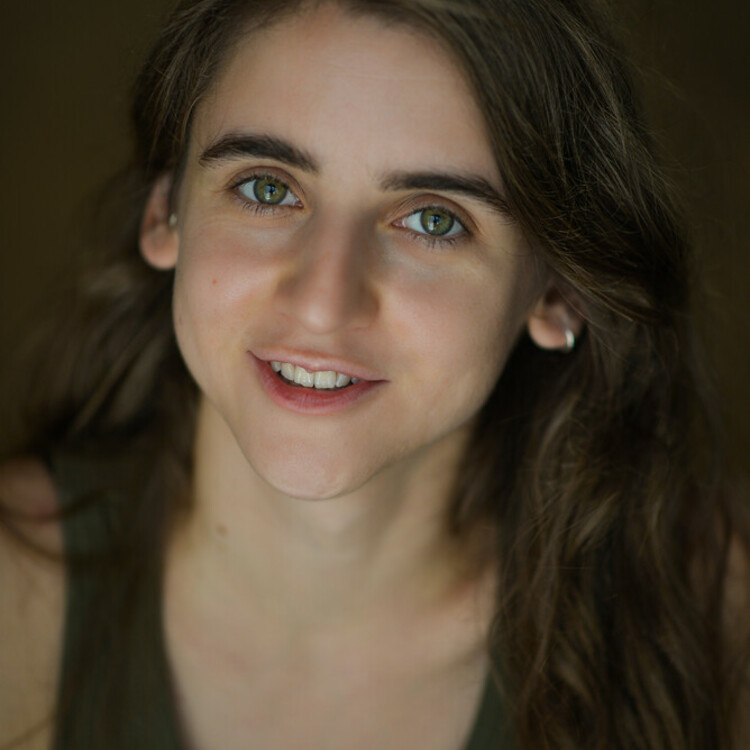
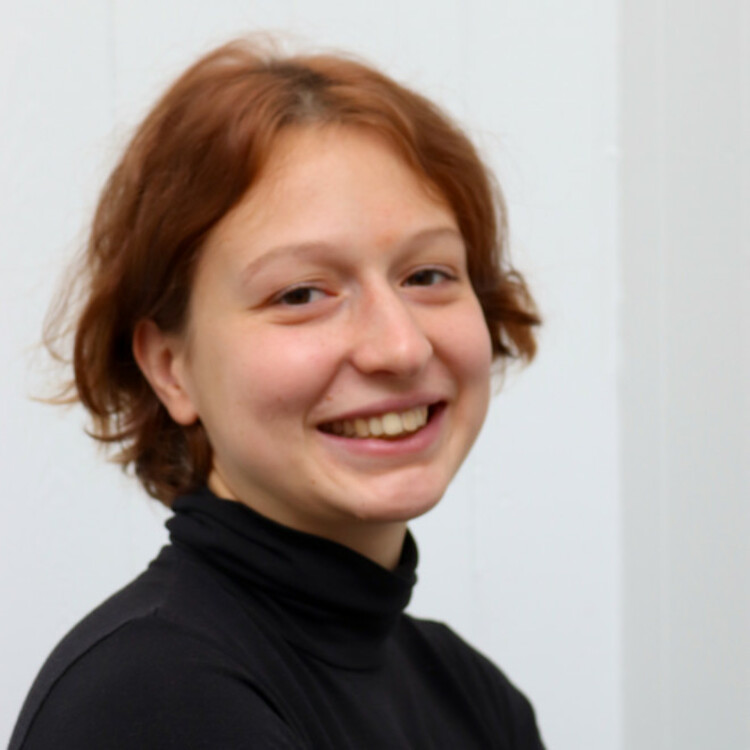
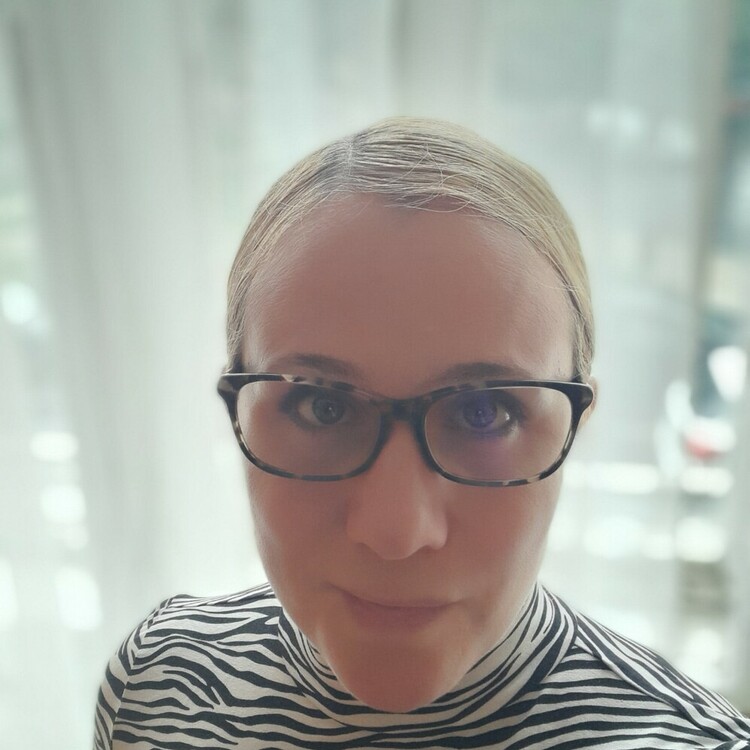
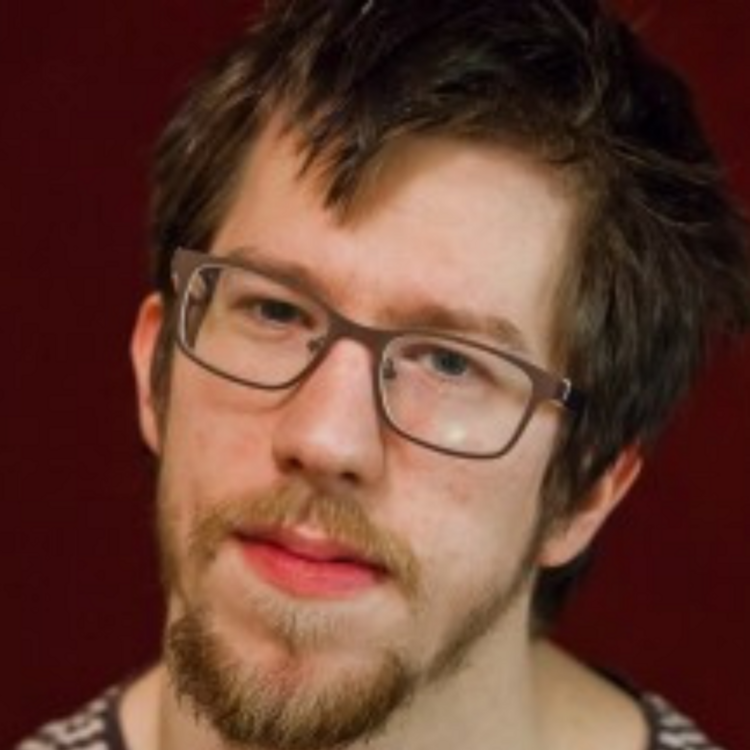
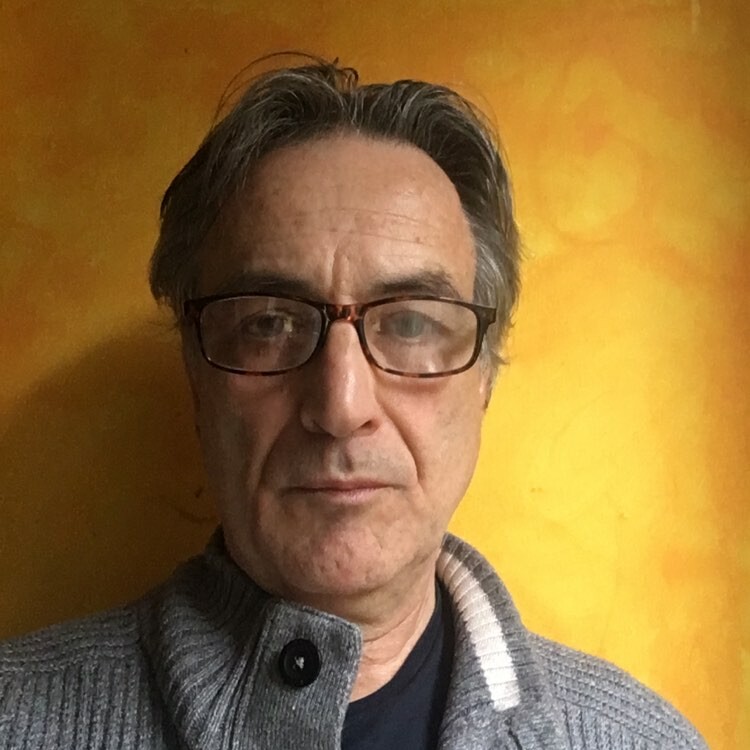
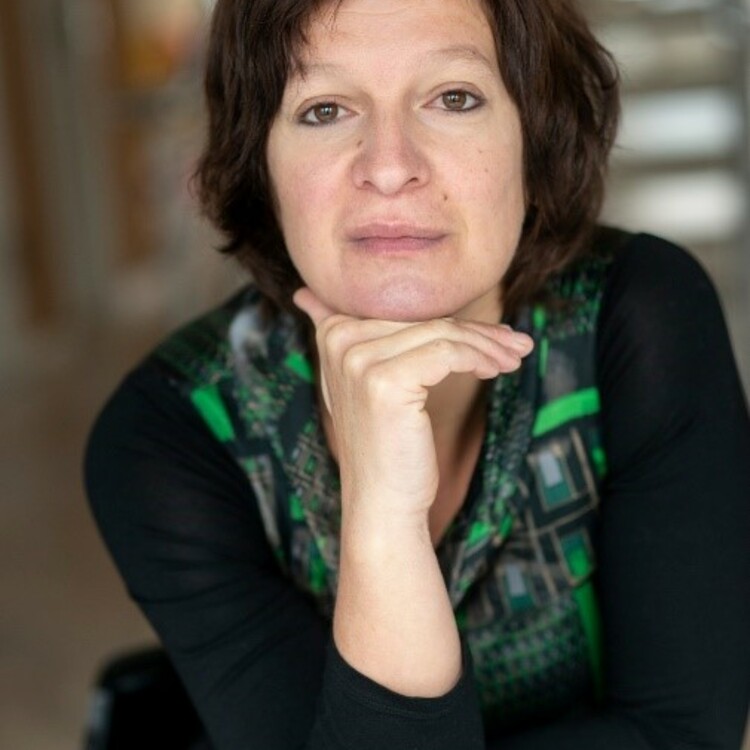
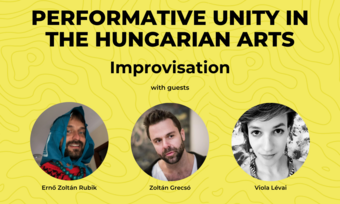





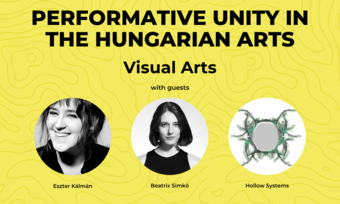



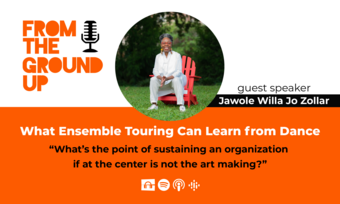


Comments
The article is just the start of the conversation—we want to know what you think about this subject, too! HowlRound is a space for knowledge-sharing, and we welcome spirited, thoughtful, and on-topic dialogue. Find our full comments policy here